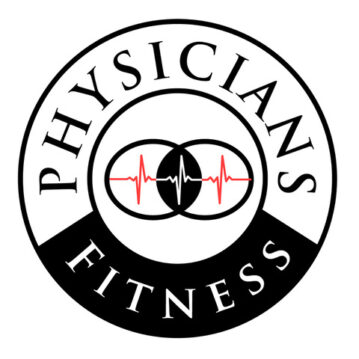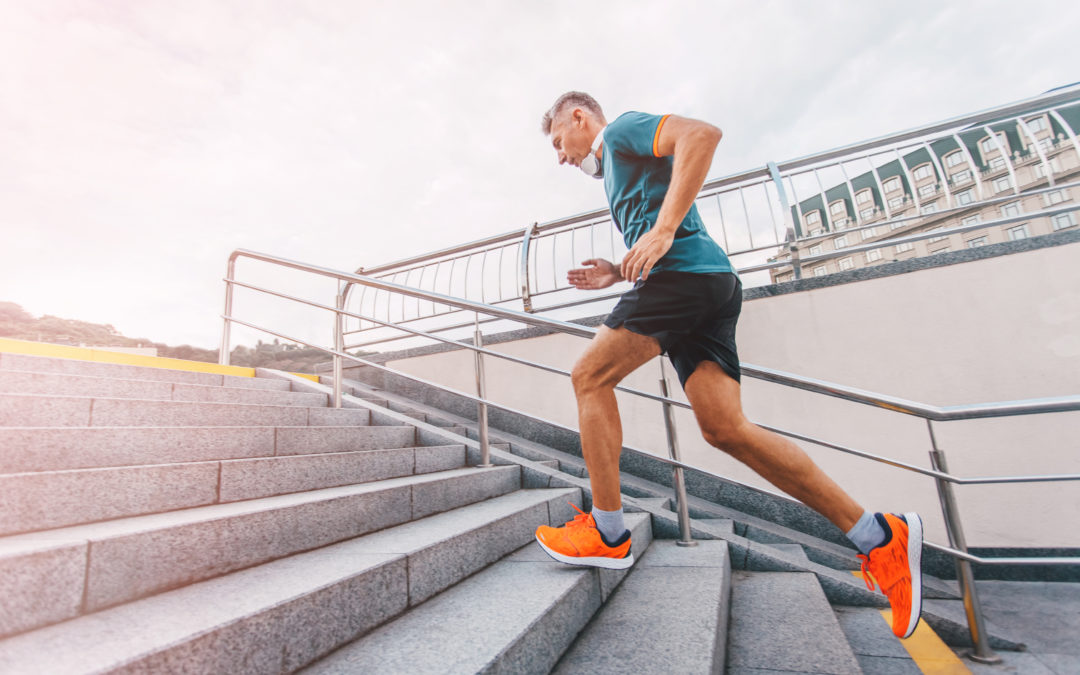By Greg Mack, ACE-CMES
The objectives of a physical exercise process include, but are not limited to, the improvement and maintenance of the following components of wellness and performance via training:
Muscular Strength/Stability
Cardiovascular Endurance
Body Composition
Physical Coordination/Motor Control
Improved Psychological Sense of Well-Being
Range of Motion/Limb and Trunk Motion
“Joint ROM is an integral part of human movement. In order for an individual to move efficiently and with minimal effort, full ROM across joints is imperative. In addition, appropriate ROM allows joints to adapt more easily to stresses imposed on the body and decreases the potential for injury. Full ROM across a joint is dependent on two components: joint ROM and muscle length.”Reese, Nancy Berryman, PhD, PT., Bandy, William D.
PhD, PT., “Joint Range of Motion and Muscle Length Testing”, 2nd Edition, 2010, Page 3.
Research in the various fields using exercise have established that improvement in the above capabilities can lead to a higher quality of life, resistance to injury and an improved psychological sense of well being. As well, exercise training, following medical evaluation and clearance, has been shown to have a positive impact on a number of pathological conditions. (Partial list)
Hypertension Blood Lipid Disorders CAD
Arthritis PVD Osteoporosis
COPD Fibromyalgia Asthma
Diabetes Obesity CVA
As physical exercise is a process of starting and progressing bodily exertion over time, these exertions place rigorous demands on physiological and mechanical systems. An individual’s initial and sustained participation in physical training contain inherent risk as the process must challenge the current physiological systems/materials more than they are accustomed in order to facilitate the positive adaptations expected from the process. (See list above)
“Musculoskeletal conditions have an enormous impact on society. Today, musculoskeletal conditions have become the most common cause of disability and severe long-term pain in the industrialized world.”
Magee, Zachazewski, Quillen – Scientific Foundations and Principles of Practice in Musculoskeletal Rehabilitation 2007, Page xi.
“Athletes and soldiers must both develop and maintain high levels of physical fitness for the physically demanding tasks they perform; however, the routine physical activity necessary to achieve and sustain fitness can result in training-related injuries.”
Jones, b.H., Knapik, J.J., ‘Physical training and exercise-related injuries. Surveillance, research and injury prevention in military populations”, Sports Med. 1999 Feb;27(2):111-25.
The demands placed on the sensory-motor system (neuro-muscular and skeletal systems) during an exercise require it to react to, and manage, the forces, range of motions, and positions of the entire body via the muscular system’s unique capability to contract. If the muscular system cannot contract effectively this may negatively affect one’s ability to participate in exercise. Motor control may be diminished resulting in an increased risk of injury to various components of human physiology while exposed to the forces associated with exercise.
“In one study of adults involved in a medically supervised fitness program, one-fourth of all exercise participants sustained a musculoskeletal injury. Of these, one-third permanently discontinued their exercise! That is definitely not the way to to stay fit and healthy.”
DiNubile, MD, Nicholas A. Framework: Your 7-Step program for healthy muscles, bones, and joints, 2005, Page xvi.
“Overuse injuries account for almost half of all occupational injuries in the United States, as well as half of all sports injuries.”
Walsh, William R. Editor, Repair and regeneration of Ligaments, Tendons, and Joint Capsule 2005, Page 4
“Personal trainers and coaches have been a tremendous boost to the fitness industry, helping countless individuals. However, they’re in the business of pushing you to perform beyond your comfort zone, and given your particular frame, that may be just the opposite of what you need.”
DiNubile, MD, Nicholas A. Framework: Your 7-Step program for healthy muscles, bones, and joints, 2005, Page xix.
“More than 50% of injuries in the United States are to the musculoskeletal system,”
Goodman, C.C., Fuller, K.S., “Pathology: Implications for the Physical Therapist”, 3rd Edition, Page 1099.
“Sports related injuries among people born between 1946 and 1964, now referred to as ‘boomeritis,’ are on the increase as older adults continue to participate actively in sports of all kinds.”
Goodman, C.C., Fuller, K.S., “Pathology: Implications for the Physical Therapist”, 3rd Edition, Page 1101.
“The numerous health benefits of physical activity have been well documented, resulting in public health support of regular physical activity and exercise. Although beneficial, exercise also has corresponding risks, including musculoskeletal injuries.”
Gilchrist J, Jones BH, Sleet DA, Kimsey CD; CDC., “Exercise-related injuries among women: strategies for prevention from civilian and military studies”., MMWR Recomm Rep. 2000 Mar 31;49(RR-2):15-33.
Conclusion
It has been firmly established by health agencies and medical research that regular physical exercise is a fundamentally important component of one’s overall physical and mental wellness and quality of life. An important consideration to ensure the successful implementation, progression, and maintenance of a health-producing exercise process is to understand, work within, and strategically challenge the muscle system in order to improve its resiliency and ability to generate and react to physical stressors. This system is on the front lines of the managing the demand of exercise that creates healthy adaptive responses that confer health benefits. When exercise is overdosed, or done inappropriately, and when the muscular system is not prepared to meet the stress of an exercise, exercise activity can be harmful by creating musculoskeletal ailments and overuse injuries.
“Musculoskeletal ailments have now surpassed the common cold as the number one reason for physician visits in this country, due in part to our aging population as well as the “beat up” baby boomer generation.”
DeNubile, M.D., The Walking Wounded: A New Challenge in Personal Training, ACE Certified News August/September 2007, Page 17.
“The managed dose of exercise that will do the most for you – without harming you – needs to be measured out for you alone.”
DiNubile, MD, Nicholas A. Framework: Your 7-Step program for healthy muscles, bones, and joints, 2005, Page xix.
It is therefore proposed that purveyors of exercise (e.g. personal trainers, strength and conditioning specialists, physical therapists) seek to identify and use processes that can effectively assess the readiness and tolerance of the muscular system’s capabilities to engage, and sustain participation, in the demands of physical exercise. Additionally, strategies and techniques developed that directly improve muscle function need to be implemented for the entire body. This is critical to ensure a balanced and successful health and wellness program delivered at the individual level, for the life of the individual, no matter what the specific practitioner role within the Exercise Field.
Consider hiring an Exercise Professional who is certified as a Muscle System Specialist as they have taken the coursework necessary to ensure your safety and that appropriate doses of exercise are administered for your unique needs.
If you’re interested in learning more about how a Certified Muscle System Specialist™ can help you move better, feel better, and live better, click here.
If you’re a fitness practitioner who is interested in learning more about how to become a Certified Muscle System Specialist™, visit us at www.exerciseproed.com.


Recent Comments